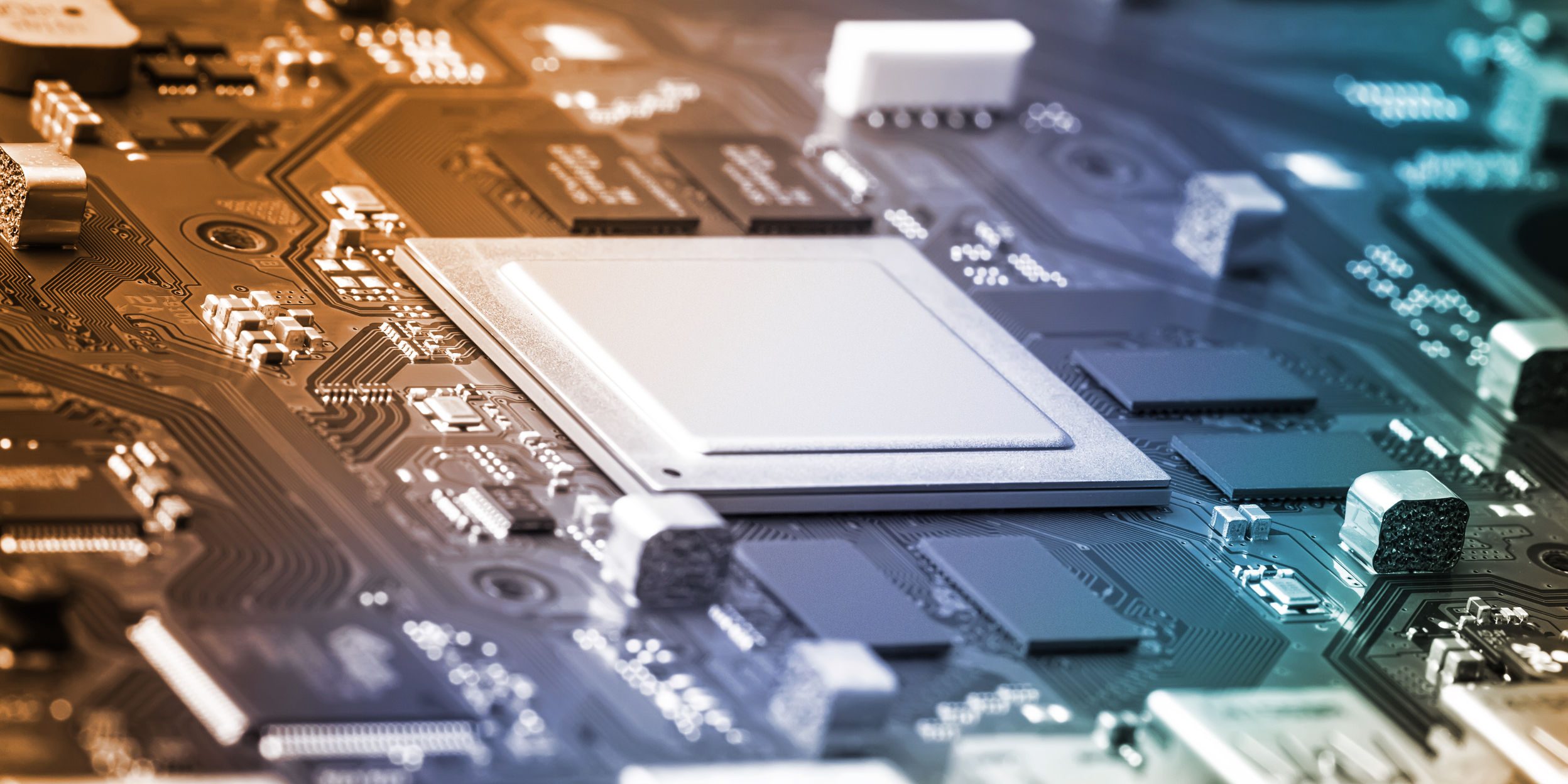We are living in the “future.” Take any science-fiction novel from the past 50 years, and look at the technology that is featured, and in most cases, we’re using some or all of it today. Our phones, computers, and our cars have advanced to a nearly super-human level of technology. We’ve all got computers in our pockets that are more powerful than any of us could have possibly conceived even twenty or thirty years ago. It’s all tiny and specialized to a level of efficiency that seems impossible. How did this exponential growth happen? Where did it start?
The main developments that have changed the face of the technological industry are the changes in the processors that we use, and the vast leaps that circuit boards have taken in the last 60 years. The first circuit boards were used by engineer Paul Eisler in primitive radios in the 1930’s. By the 40’s, the United States was using them in radios in World War II. In 1948, that technology was released for commercial use. How far we’ve come since then. Circuit boards in those days were not the vastly superior printed circuit boards we use today; they were constructed painstakingly, point by point. Even making one small circuit could take hours of specialized labor.
Now, printed circuit boards and surface-mount technology allow the most complex and dense circuits to be made, and made smaller, in a fraction of the time. But that doesn’t mean that it’s become easy by any means. There is still a huge demand for people who can work on these circuit boards and a need for institutions to give them the electronic manufacturing training they require to become successful. All of the holes, plates, contact points, and layers of the circuit board have to be kept within a tiny margin of error. This means that while our technology has gotten smarter, so have our engineers and technicians. The fact that we have made these incredible technological leaps means that there are exponentially many more ways to mess them up. And their commonplace nature in this day and age means that errors are much less acceptable.
So what determines whether or not someone is qualified to work on the highest level of electronic manufacturing? The IPC (Association Connecting Electronics Industries) releases and updates a standard that all electronics companies and manufacturers must follow. So to qualify as a top-quality applicant, IPC certification courses have become necessary. They can guarantee that someone is ready to take on the minute and complicated work that is involved with our futuristic technology.
Many companies have realized that all top-quality electronic manufacturing training needs to include excellent IPC certification courses from a premier training center. This means that when someone finishes their electronic manufacturing training, they’re up to the standards set for every electronics company around the globe. This kind of certification opens all kinds of doors, and allows people to follow an important path into molding the future as it happens around us.
Who knows what technology holds for the next ten years? The next 50? What kinds of sci-fi levels of advancement will we reach? Becoming a part of this rapidly-expanding and important industry can start with a call to Blackfox.
Blackfox – Premier IPC Training & Certification
(888) 837-9959 | [email protected]






